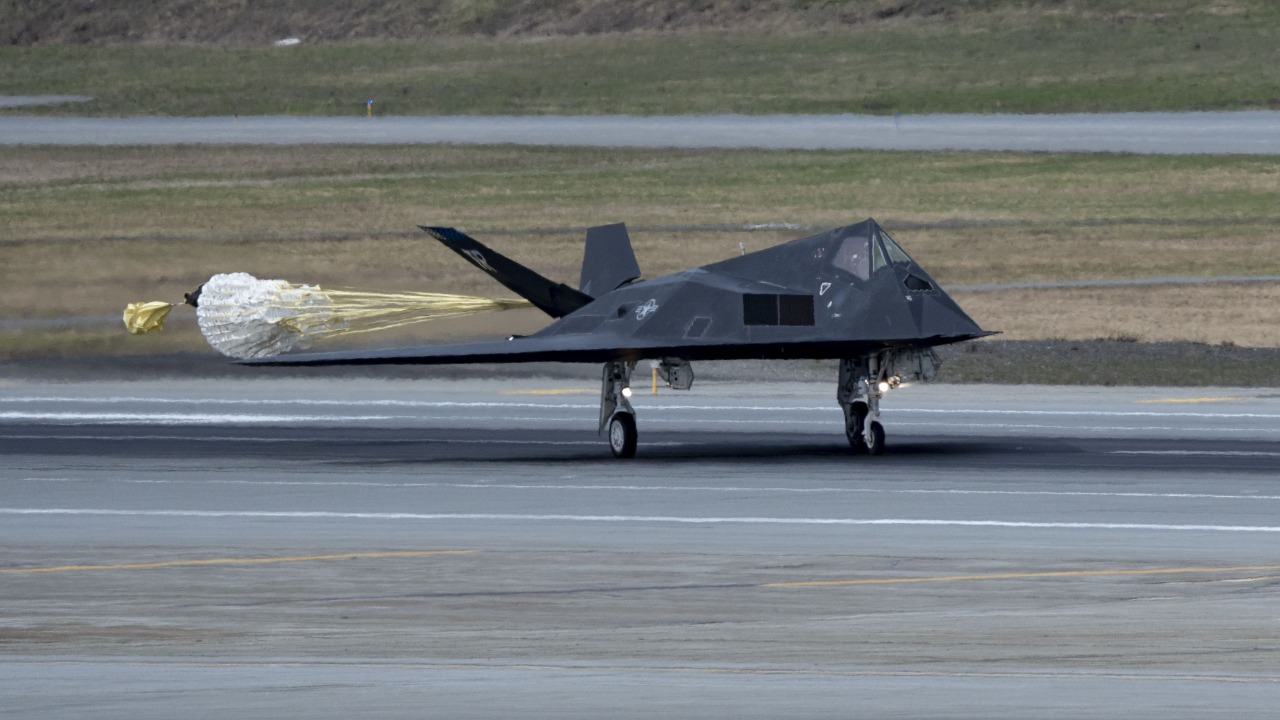
Despite being decades old, America’s first stealth jet, the F-117A Nighthawk, continues to play a critical role in modern warfare. The combination of groundbreaking technology, strategic deployment, and a legacy of innovation enables this veteran aircraft to outsmart contemporary threats, maintaining its relevance even as newer aircraft enter service.
The Origins of Stealth Technology
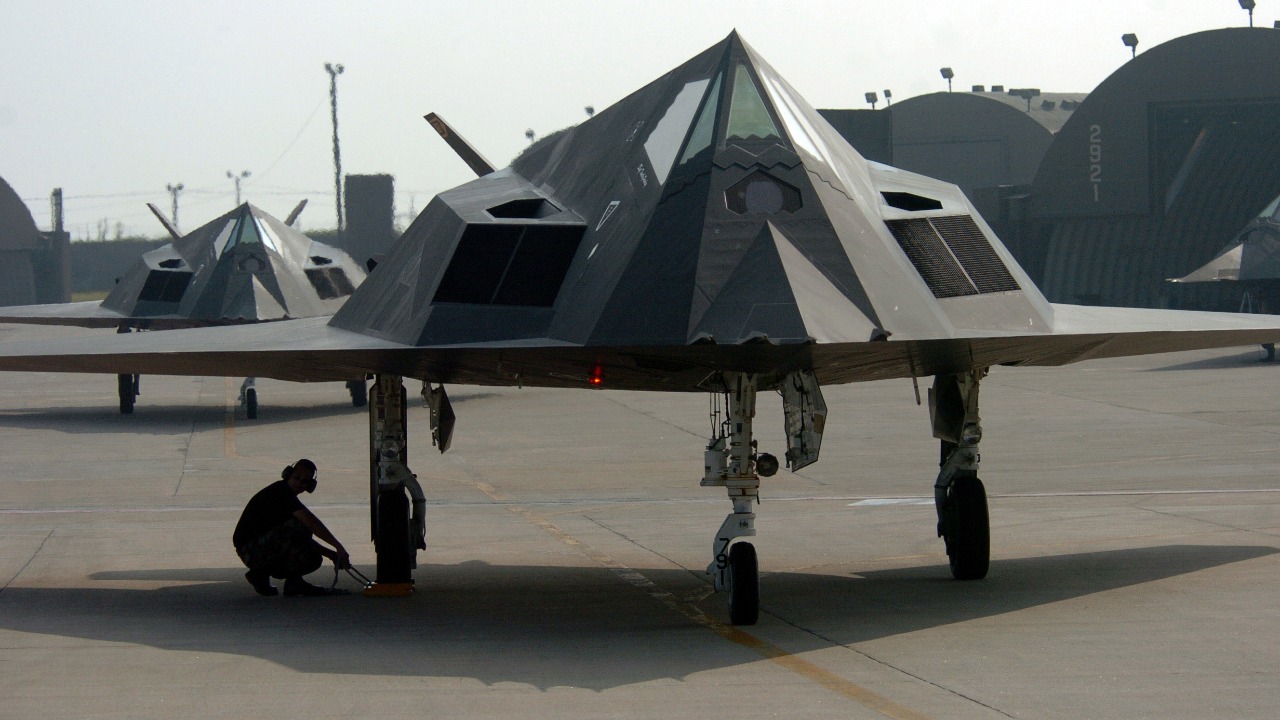
Development and Innovation
Stealth technology began as a revolutionary concept in military aviation, fundamentally altering how aircraft could be designed and employed in combat. The inception of stealth technology can be traced back to the Cold War era when the need to evade increasingly sophisticated radar systems became paramount. The F-117A Nighthawk emerged as the first aircraft to fully embody this technology, featuring an angular design and radar-absorbent materials that minimized its detectability.
The F-117A’s Role
The F-117A played a pioneering role in the realm of stealth technology. Introduced in the early 1980s, it was the first operational aircraft that could evade radar detection effectively. Its unique design, characterized by flat surfaces and sharp angles, was instrumental in setting the standard for future stealth aircraft. The significance of the F-117A in military aviation cannot be overstated; it proved that radar invisibility was more than just a theoretical possibility.
Lessons Learned
The development of the F-117A provided critical lessons that continue to influence modern stealth technology. The principles of reduced radar cross-section and the use of composite materials have become foundational elements in the design of newer aircraft like the F-35 and B-2 bomber. The insights gained from the F-117A’s operational history have also informed the development of emerging technologies, ensuring that the legacy of America’s first stealth jet endures.
Technological Advancements in the F-117A
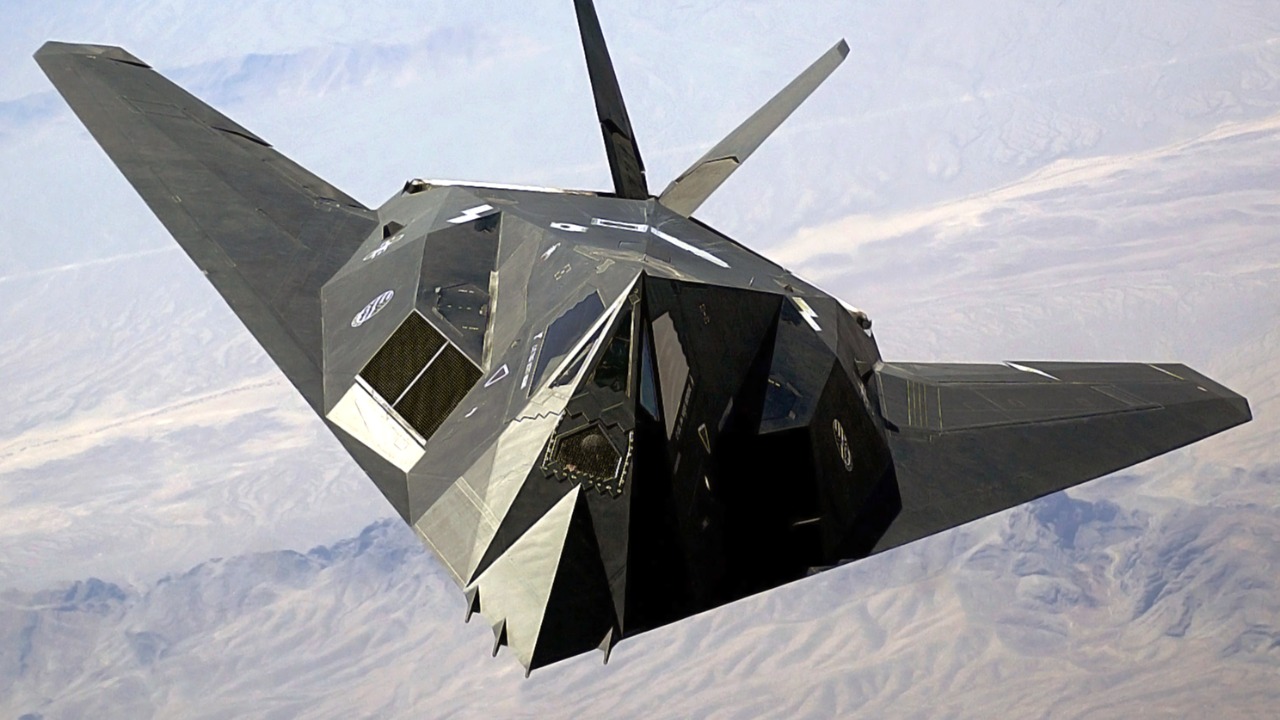
Radar Evasion
The F-117A’s radar-evading capabilities were primarily due to its advanced materials and unique design. The aircraft’s surfaces were coated with radar-absorbent materials that significantly reduced its radar signature. Its angular shape, a product of extensive testing and optimization, helped deflect radar waves away from the source, making the F-117A a formidable opponent in hostile airspace.
Electronic Warfare Capabilities
Beyond its physical design, the F-117A was equipped with sophisticated electronic warfare systems. These systems allowed it to disrupt enemy radar and communication networks, further enhancing its stealth profile. Over the years, these electronic systems have been upgraded to keep pace with evolving threats, as detailed in studies on electronic warfare. This continuous evolution ensures that the F-117A remains relevant in an age of rapid technological advancement.
Adaptations and Upgrades
To maintain its effectiveness in modern combat scenarios, the F-117A has undergone several adaptations and upgrades. These modifications have included enhancements to its avionics systems, improved stealth coatings, and integration of more advanced weaponry. Such upgrades have enabled the F-117A to remain a viable platform for both combat and training missions, showcasing the adaptability of this aging aircraft.
Strategic Use in Modern Warfare
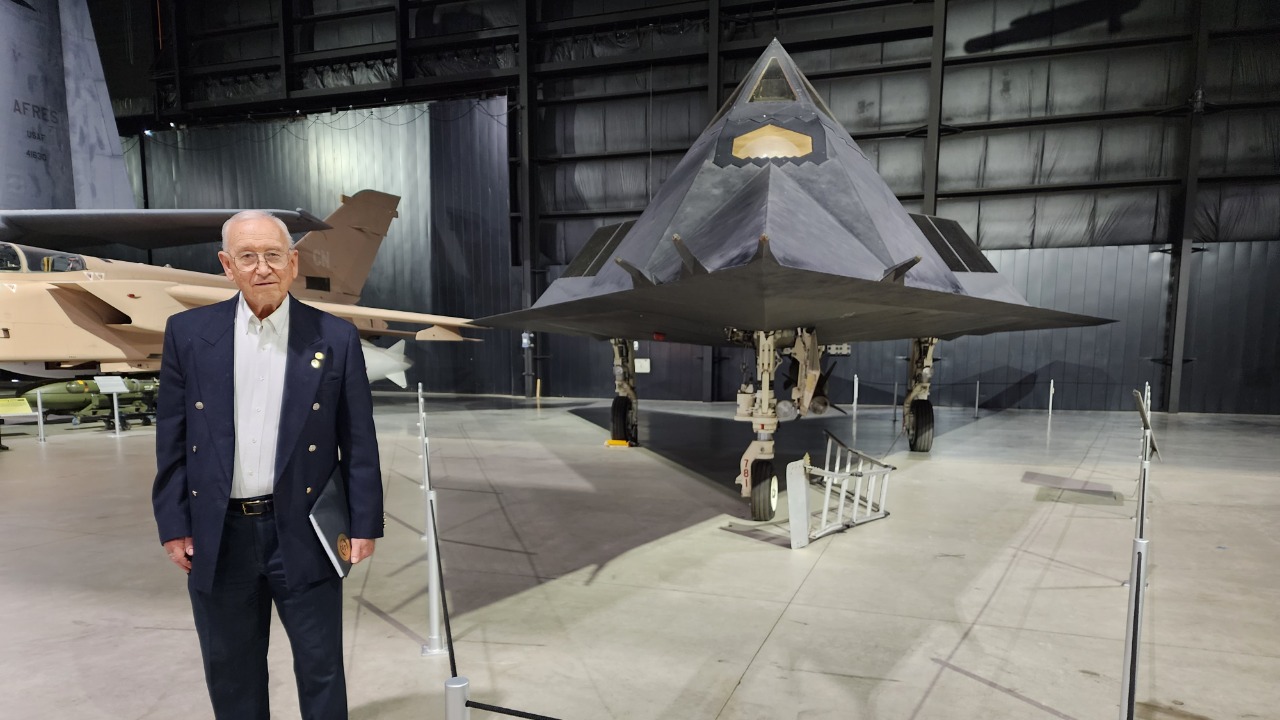
Tactical Deployment
The F-117A has been tactically deployed in numerous operations, demonstrating its continued strategic value. Even after its official retirement, the aircraft has been used in secretive missions that required its unique capabilities. Recent reports suggest that the F-117A has been involved in training exercises designed to simulate stealth threats, providing invaluable insights for modern defense strategies.
Training and Simulation
In addition to its deployment in active missions, the F-117A serves a crucial role in training and simulation. By simulating stealth threats, it helps improve defense readiness and prepare military forces for potential encounters with enemy stealth technologies. These exercises underscore the importance of the F-117A as a tool for both offense and defense in modern military strategy.
Psychological Impact
The psychological impact of deploying a known stealth asset like the F-117A cannot be underestimated. Its mere presence in a theater of operations can have a deterrent effect, influencing the strategic calculations of adversaries. This psychological advantage, coupled with its proven capabilities, reinforces the strategic value of maintaining the F-117A in the U.S. military arsenal.
Challenges and Controversies

Vulnerabilities Exposed
Despite its impressive capabilities, the F-117A has not been without vulnerabilities. Its radar signature was compromised during a mission in 1999 when it was shot down by a Serbian anti-aircraft missile. This incident highlighted the limitations of early stealth technology and spurred further advancements to address these vulnerabilities.
Cost-Benefit Analysis
The financial implications of maintaining and operating an aging stealth fleet like the F-117A are significant. The costs associated with keeping the aircraft airworthy and upgrading its systems are substantial. However, when weighed against its strategic value and the lessons it provides for future technologies, the investment in the F-117A may be justified.
Debate on Retirement
The debate over the retirement of the F-117A versus extending its operational life continues to be a topic of discussion among military strategists and aviation experts. While some argue for its retirement in favor of newer, more advanced aircraft, others advocate for its continued use as a valuable training and testing platform. This ongoing debate reflects the complex considerations involved in military asset management.
The Legacy and Future of Stealth Aviation
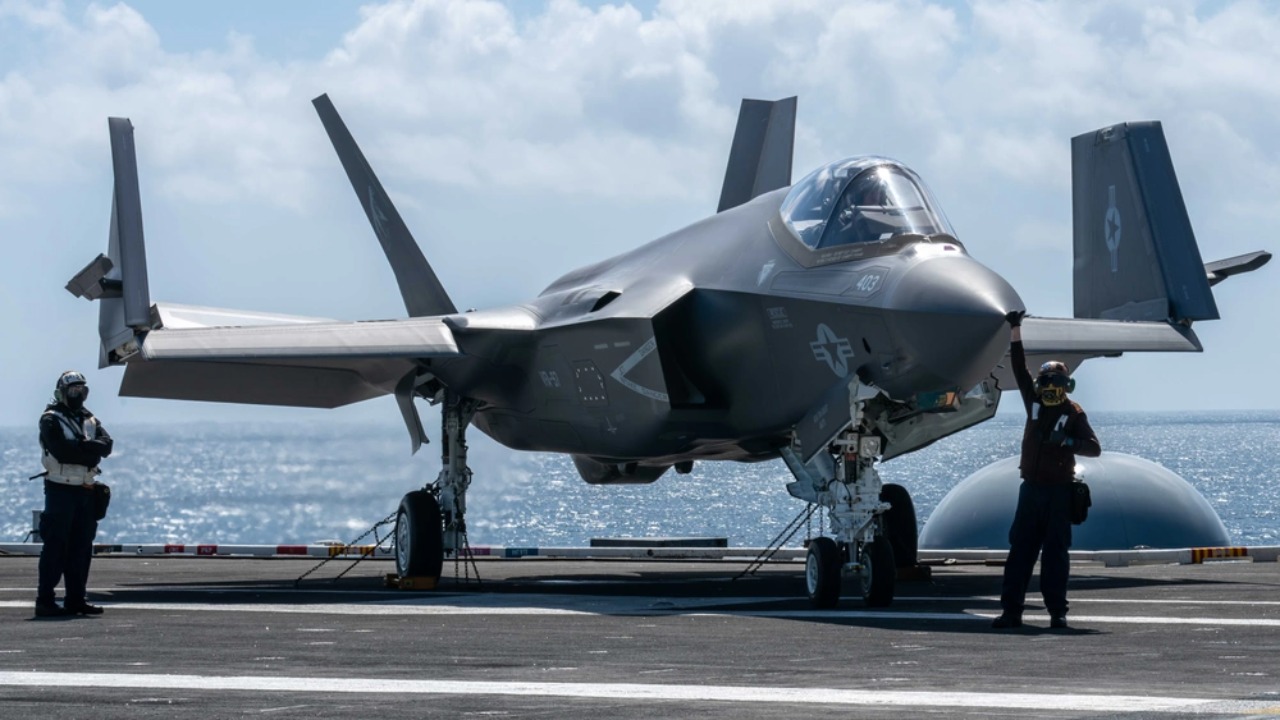
Influence on New Generations
The legacy of the F-117A Nighthawk extends beyond its operational history, influencing the development of next-generation stealth aircraft. Its pioneering design and technology have paved the way for aircraft like the F-22 Raptor and F-35 Lightning II, which incorporate more advanced stealth features and capabilities. This influence ensures that the principles established by the F-117A continue to shape the future of stealth aviation.
Ongoing Research and Development
Research inspired by the F-117A continues to enhance stealth capabilities, focusing on reducing radar cross-section and improving electronic warfare systems. This ongoing development ensures that the lessons from the F-117A are not lost, but rather integrated into the design of newer and more sophisticated aircraft. As a result, the F-117A’s legacy is one of continuous evolution and adaptation.
Enduring Symbol
The F-117A remains an enduring symbol of American innovation and military prowess. Its cultural and historical significance extends beyond its technological achievements, embodying a spirit of ingenuity and resilience. As a testament to its enduring legacy, the F-117A continues to captivate the imagination of aviation enthusiasts and military historians alike.